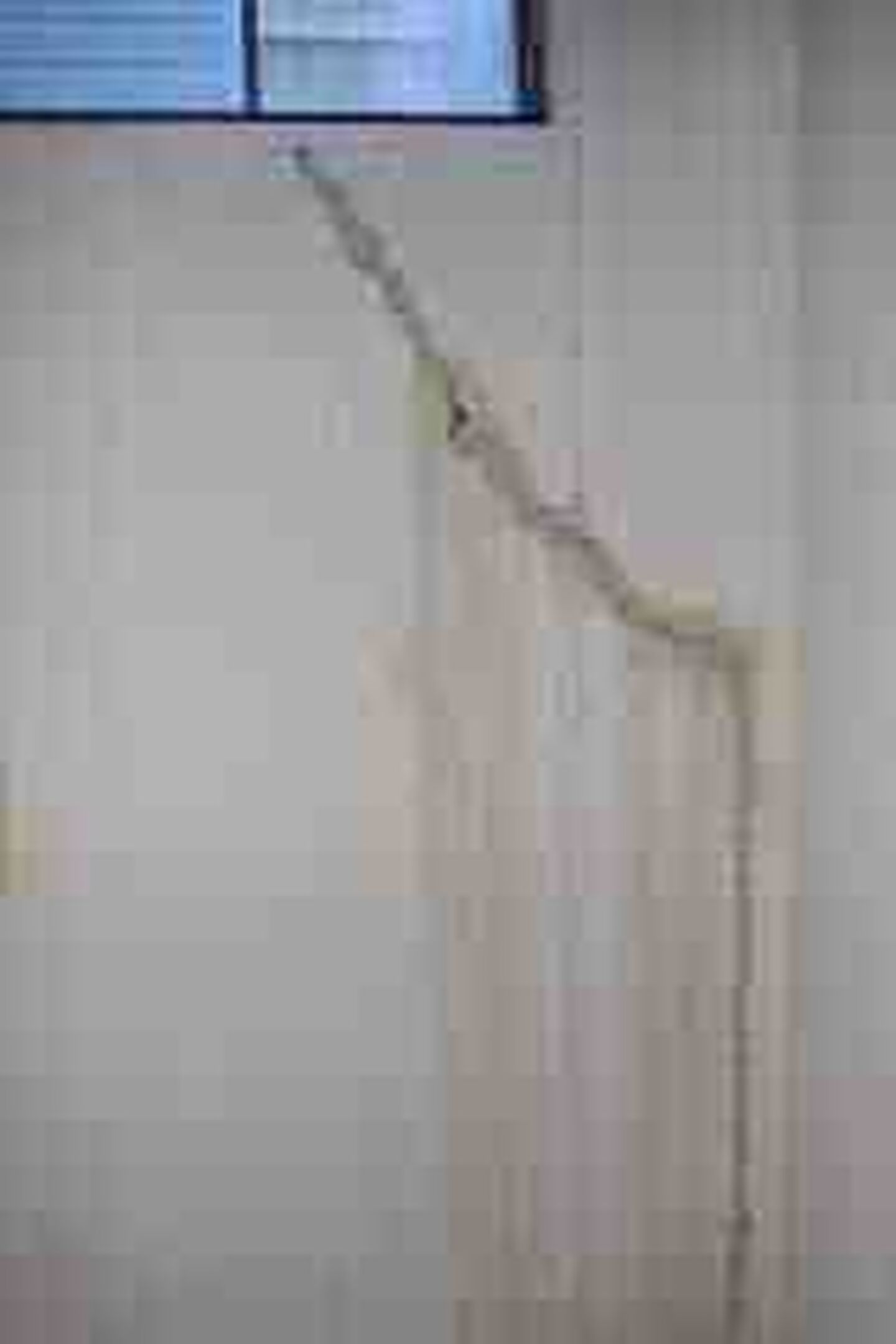Repairing Leaking Basement Cracks: Why You Must Do Them All

By far, the most common source of basement seepage in homes in the Chicago and northwest Indiana area is a crack in the wall of a poured concrete foundation.
These cracks, which are non-structural in nature, are so common that they may be found in almost every poured concrete basement although some may not seep water. Usually, a homeowner will not be aware of a crack unless it does seep and without a water problem, there’s no harm done.
However, once a seepage issue is discovered, repairing the crack becomes a necessity and it’s not enough to repair only the crack in which water has been detected. Many homeowners are confused when a basement waterproofing contractor recommends fixing cracks that aren’t seeping but there’s a very good reason behind the recommendation.
Why a Homeowner Should Fix All Non-Structural Cracks in a Foundation
In order to understand a recommendation to repair cracks it helps to know how cracks occur.
The most common reason behind a wall crack is lateral pressure. The soil outside the foundation can become oversaturated from heavy rains, snowmelt or improper outside water management. When the content of the soil is rich in clay, as it is in the Chicago area, it is referred to as “expansive,” meaning that it has a tendency to absorb water and that causes it to expand.
When the soil expands, it creates pressure against the foundation walls and causes cracks to form. When the pressure is severe, it may actually create cracks that allow separation of the wall from those adjacent and cause it to move inward, destabilizing the foundation. More moderate pressure, far more common, causes cracks that can seep.
Of course, this same pressure also forces water through the cracks and into the basement.
All that water under pressure in the soil is in search of relief and that relief usually comes by pushing water through the first available opening – the crack in the foundation wall. In the case of multiple cracks, the crack that has opened the most or is located closest to the point of highest pressure will be the “path of least resistance” that the pressure and water will follow.
So, along comes the basement waterproofing contractor to repair the crack. He’ll apply an epoxy sealer to the crack on the interior and inject it with expanding polyurethane. That will fill and seal the crack and protect it from re-cracking from minor foundation movement. Problem solved – no more seepage!
Not so fast. Whereas the repair to the crack is effective and permanent it does nothing to eliminate water in the soil and the resulting pressure is still there, seeking relief. As the pressure continues to build, the water causing it will find its way to another relief point, one of the cracks that weren’t seeping before that is now going to cause a leaky basement at a different spot.
So, if a homeowner chooses not to repair all non-structural cracks when one begins to seep water, he or she is in for a game of “Whack-a-Mole” in the basement as seepage moves from crack to crack, popping up where least expected. If the basement has been finished, that game can become very costly to play.
Homeowners who discover seeping cracks in their basements will need the advice of a basement waterproofing contractor who understands and can clarify the reasons for making a complete repair and why it is more economical in the long run. At U.S. Waterproofing, we’ve been repairing cracks in basement walls since 1957 and we have advised all of our 300,000 satisfied customers on the best way to ensure their basements stay dry and healthy. Why not ask for our free advice?




